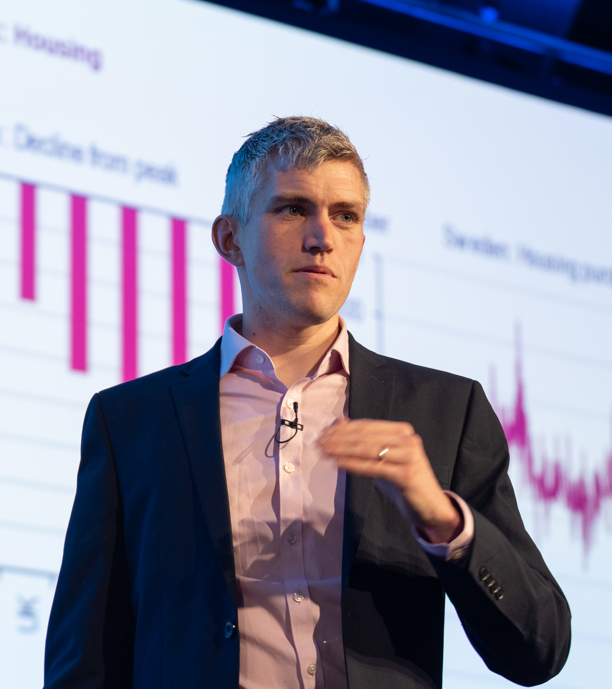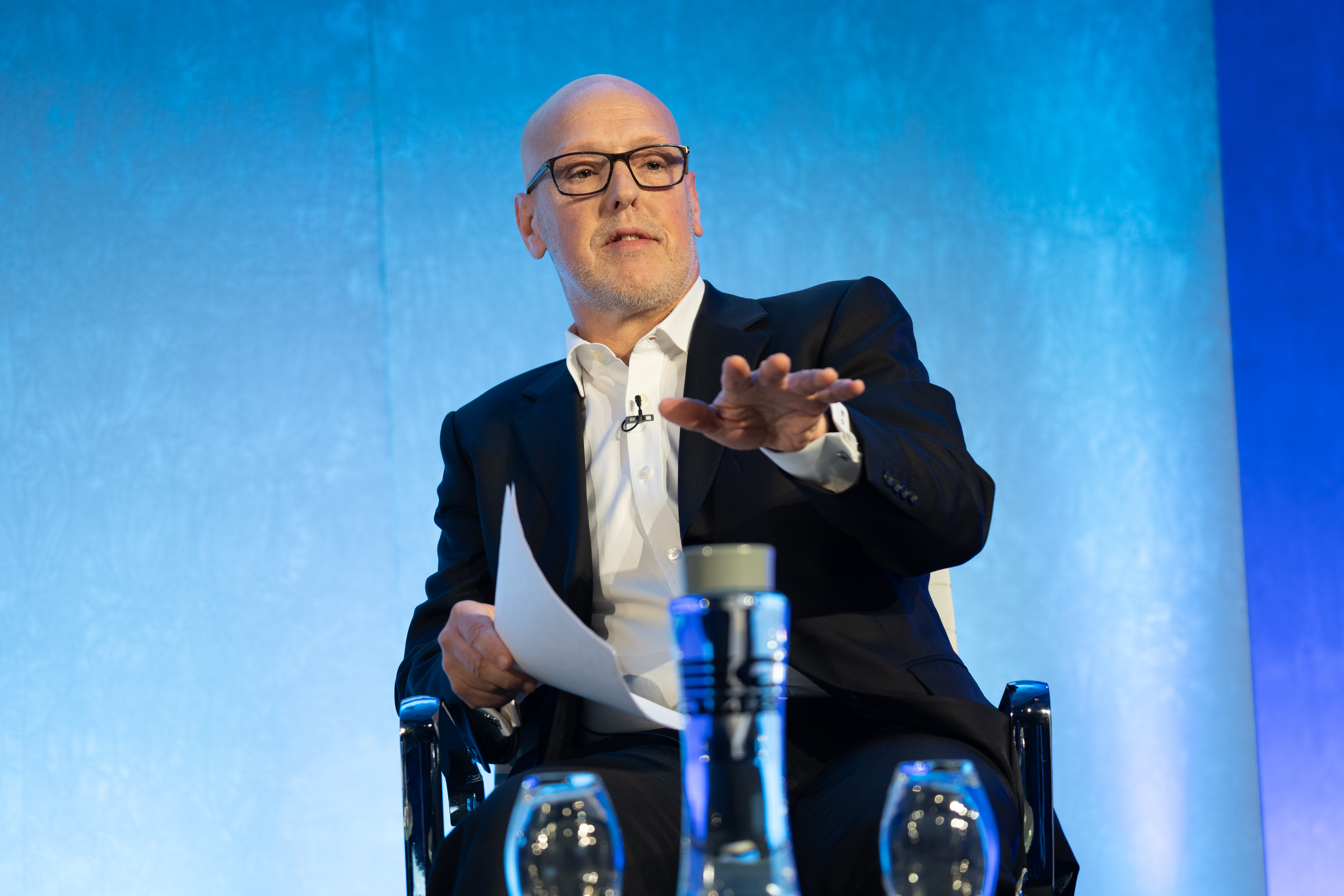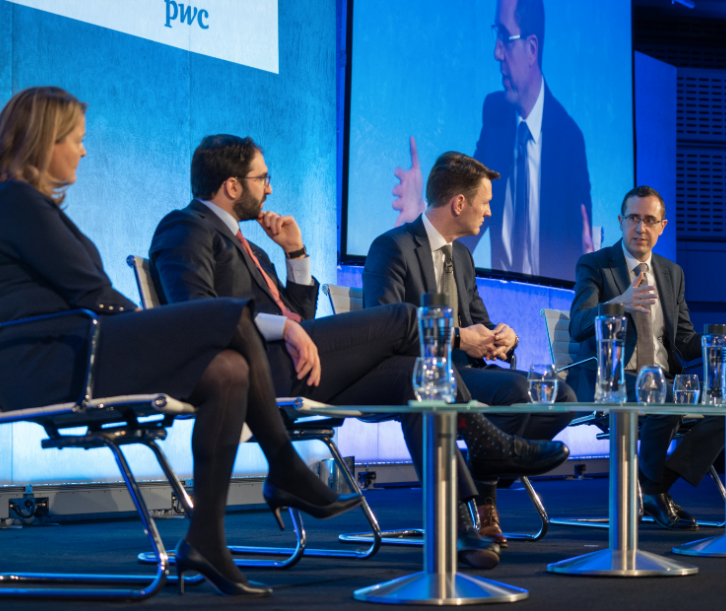Funds Congress Highlights
A collection of resources from past Funds Congress events.
Funds Congress 2023
Article | What Next for Alternatives?
Sabina Comis - Moderator | Global Managing Partner-elect, Dechert LLP
David Allen | CEO, StepStone Group Europe Alternative Investments Ltd
Brian Laureano | Investment Principal and Head of Business Development for S3 Credit Solutions, Apollo
Mark Tucker | Managing Director, KKR
Video Snapshots | Global Economics
Video Snapshots | What Next for Alternatives?
Video Snapshots | Tech
Video Snapshots | Regulation
Video Snapshots | Investor Perspectives
Funds Congress 2021
Funds Congress 2021 took place virtually. You can watch the on demand sessions below.
Funds Congress 2020 Highlights Video
Held on 6 February 2020 at London's QEII Centre, the Funds Congress was presented by Carne, Dechert LLP and PwC and drew more than 1,400 delegates from 20+ countries, making Funds Congress the largest asset management conference in Central London.
9th Annual Funds Congress 2020: Key Takeaway Videos
With close to 1,500 attendees, the 9th Annual Funds Congress, which took place on 6 February 2020, brought together investment managers from all asset classes and jurisdictions to discuss the challenges and opportunities defining the year ahead – industry trends, regulatory priorities, market outlook, political backdrop and more.
Funds Congress in Review
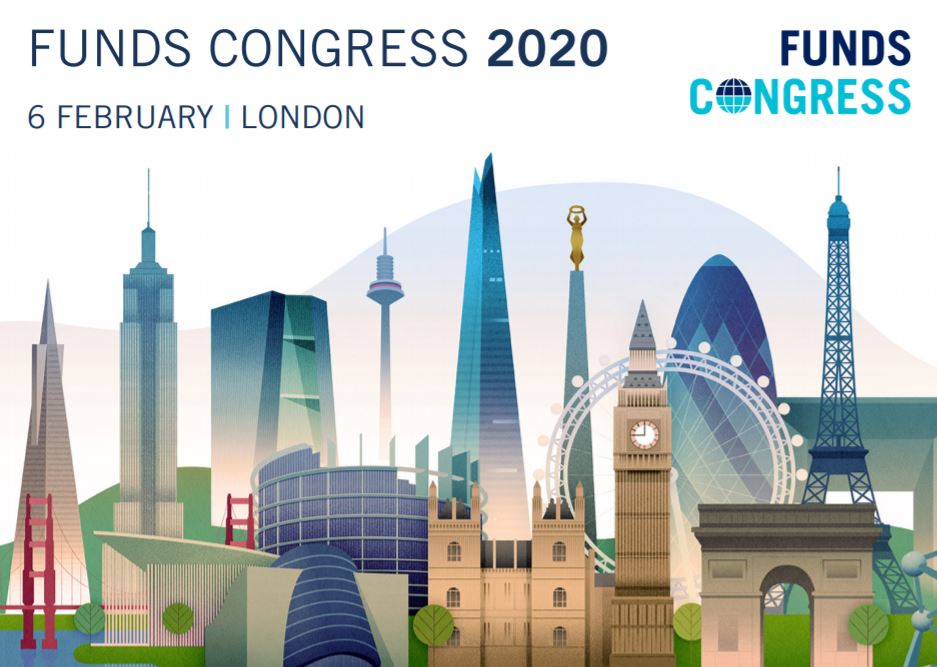
Key takeaways from the 9th Funds Congress which took place in February 2020.
Broadcaster Natasha Kaplinsky OBE, who has headed national television news teams for the UK’s BBC and Channel 5 and now fronts ITV News, guided panellists and keynote speakers through the principal themes that will define the year ahead. Regulators, senior investment professionals and politicians shared insights with delegates from the stage, while the audience gave voice to its own attitudes and opinions on the most pertinent issues in asset management through a series of live polls.
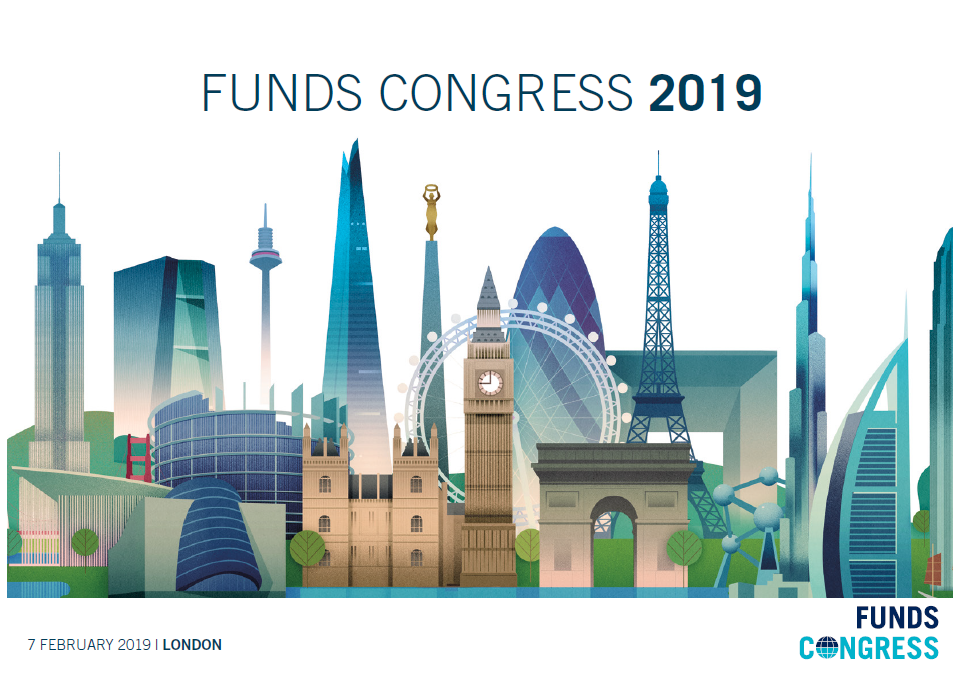
Key takeaways from the 8th Funds Congress which took place in February 2019.
Lyse Doucet OBE, chief international correspondent at the BBC, guided panellists and keynote speakers through the principal themes that will define the year ahead. The audience played its part, too, reacting to questions in a series of free votes conducted via app, their responses shedding light on attitudes and opinions to the most pertinent issues in investment management.
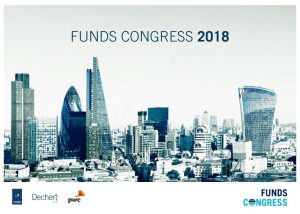
Key takeaways from the 7th Funds Congress which took place in February 2018.
Audience participation brought a twist in 2018, enabling attendees to express opinions and answer questions, shedding light on some of the most pertinent questions in investment management at the time.

Key takeaways from the 6th Funds Congress which took place in February 2017.
The 2017 conference focused on recent trends in the industry.
8th Annual Funds Congress 2019: Key Takeaway Videos
With close to 1,400 delegates in attendance, the 8th Annual Funds Congress, presented by Carne, Dechert LLP, and PwC on February 7, 2019 brought together investment managers from all asset classes and jurisdictions. During the day we sat down with a number of Funds Congress speakers to discuss the challenges and opportunities defining the year ahead – industry trends, regulatory priorities, global developments and strategies for change.
7th Annual Funds Congress 2018: Key Takeaways Videos
At the 2018 Funds Congress, hosted by Carne, Dechert LLP and PwC, over 1200 delegates heard from our best ever line up of panelists and keynote speakers including global CEOs, CIOs, regulators and industry leaders, on the themes that will define the year ahead in asset management. During the day we sat down with a number of the Funds Congress speakers to discuss the key takeaways from their respective sessions, including Brexit, regulatory priorities, consolidation within the asset management industry and more.
For questions, please contact the Funds Congress Events Team. If you are a reporter and would like to attend this event, please contact our Press Team.
